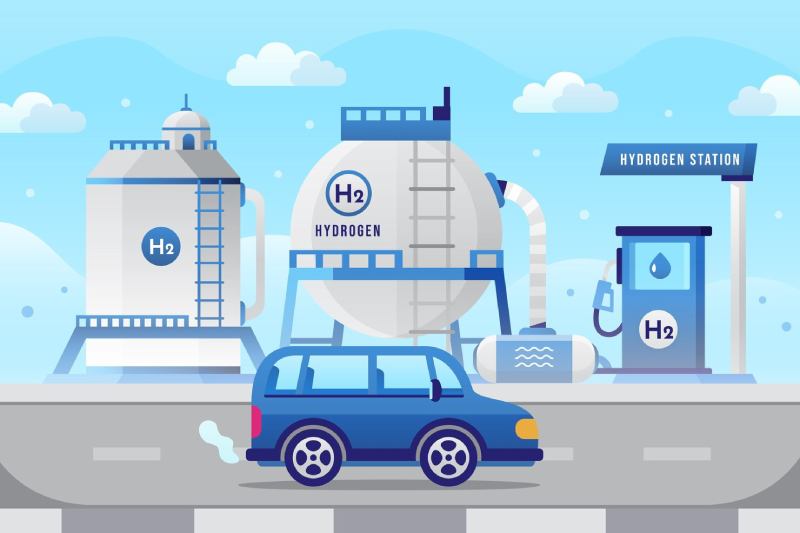Angola, located on Africa’s southwest coast, spans approximately 1.25 million km² with a population of nearly 36 million. The nation’s economy remains highly reliant on oil, which accounts for over 30 percent of GDP and government revenue. However, the country is actively diversifying its energy portfolio to enhance energy access and resilience. As of 2024, Angola has reached nearly 9.9 GW of installed power capacity—anchored by 6.5 GW of hydropower—and an expanding base of solar, wind, and bioenergy projects now totaling approximately 800 MW.
Notably, solar capacity has grown through installations like Biopio (189 MW), Baía Farta (97 MW), and Luena (27 MW), supporting national goals for energy diversification. Yet, challenges persist: electrification remains around 43 percent, especially in rural areas.[1] The government’s Energy Sector Strategy to 2025 and its Vision 2050 seek to address these gaps while fostering low-carbon development and positioning Angola as a green hydrogen producer for both domestic use and international export.[2]
Angola is emerging as a promising player in the green hydrogen economy, building on its robust hydropower capacity and growing solar footprint. The government has formally committed to green hydrogen development and has entered into partnerships to deploy large-scale electrolyser facilities. As of 2024, two major projects—one for export and one for domestic industrial use—are in progress, with support from international investors and aligned with Angola’s long-term strategy to reduce fossil dependency.
The Ministry of Energy and Water (MINEA), with technical inputs from Sonangol and support from Germany’s H2Global Foundation and the EU Global Gateway Initiative, is preparing a National Green Hydrogen Strategy, expected to be finalized in 2025. [1] The strategy outlines:
Angola has signed bilateral agreements with [2] :
These collaborations are instrumental in aligning Angola’s regulatory environment with EU hydrogen certification, sustainability benchmarks, and safety norms.

Angola’s renewable energy infrastructure is well-aligned to support green hydrogen production.
Angola does not currently manufacture electrolysers or hydrogen-related equipment.
Angola’s green hydrogen pipeline reflects strategic investment in both export-oriented and domestic demand-linked projects.